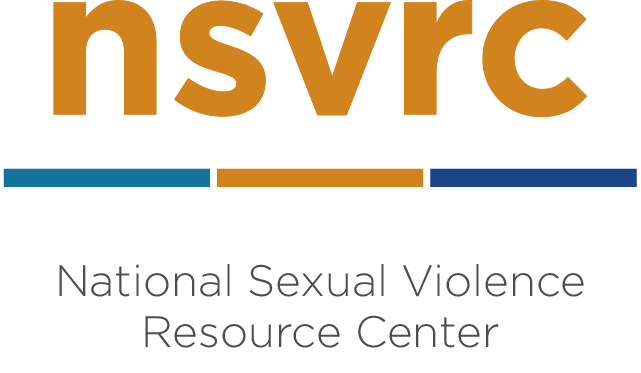In developing the rural public service announcement, we went through nine steps. You can learn more about each step by viewing our webinar on creating effective campaigns where each step is discussed in more detail.
In the case of our project, we identified three main objectives for the campaign.
We wanted our audience to..
– To KNOW that sexual violence is a serious social problem in their community.
– To BE WILLING to initiate a conversation about sexual violence in their community and to model this leadership for others.
– And to KNOW where to go in the community for more information on sexual violence and how they could be involved.
It is important that these are unique to your own community and representative of the needs you have identified.
For the rural PSA project, we joined forces with a local marketing and design firm to help with devising these strategies. We knew we wanted a multi-component campaign and wanted to ensure a few specific things:
First, that the end results were relevant and useful for a wide range of rural communities.
Second, that our strategies were aligned with the research findings about popular use of media in rural communities and popular opinions about sexual violence in communities.
And third, that the process and products worked within budget.
We chose to conduct focus groups organized by select rural centers to learn the reactions of community members to a variety of messages that we wanted to test. We also used research compiled by Frameworks on public perceptions of sexual violence to influence our messaging.
In our process of developing messages, we used the feedback and research gathered from our test sites to finalize our messaging choices. This stage is critical, as it was necessary that we analyzed feedback the testing sites on concept, choice of language, and presentation to develop final slogans, calls to action, and graphics.
In our development process, we worked collaboratively with our design firm to create the campaign tools. This involved open communication and sharing throughout the process to ensure that we were staying on target with our objectives and deadlines.
In this process of getting creative, the sky is really the limit. It is a time to get creative about the ways you want to meet your goals.
What kind of training and time will be required of staff, as pertaining to the campaign?
What avenues of distribution of campaign materials make the most sense for your agency’s resources?
And what type of support will be necessary to manage the response to and maintenance of the campaign?
In the context of the campaign materials we have developed, this is really where you as individual centers can consider how the materials fit within your communities, your outreach plans, and other projects or campaigns that you are already involved in.
